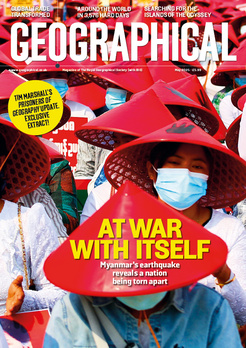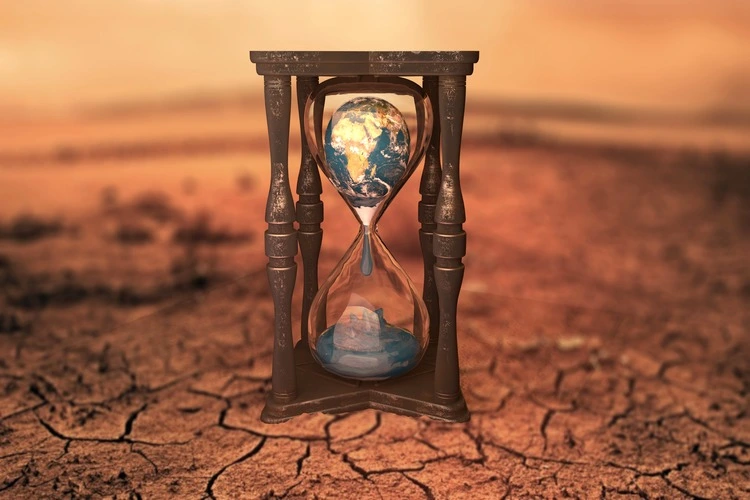
Discover the natural and social consequences that our world will face if we fail to tackle the climate crisis
By
We all know that tackling climate change is key to protecting our planet. But what happens if we fail to meet the measures and goals set out by governments, policymakers and organisations?
With the UN warning last week that the chances of limiting global warming to 1.5C above pre-industrial levels – a key target in the landmark Paris Agreement – are ‘virtually zero’, the reality of failing to meet the goals becomes more and more likely.
Here we cover some of the effects – from natural consequences to social fallouts – if our climate crisis is not effectively managed.
Related reads:
Further ice melting
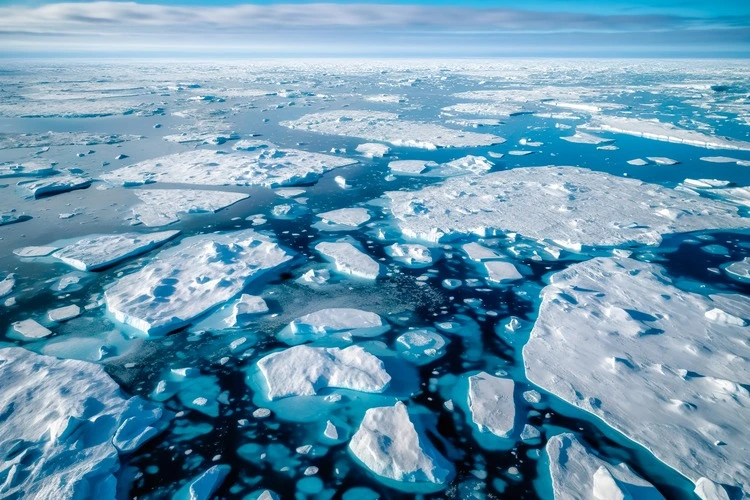
The melting of polar ice caps is one of the most visible signs of climate change. If climate goals are not reached, the current rate of ice melt will accelerate, contributing further to rising sea levels.
According to NASA, if all of the Earth’s glaciers and ice sheets melted then the sea level would increase by over 60m, while The Intergovernmental Panel on Climate Change (IPCC) warns that sea levels could rise by more than 1m by the end of the century if current trends continue.
Coastal communities face increased flooding, erosion and habitat loss as a result of sea level rise.
Moreover, global ice coverage is pivotal for regulating weather patterns. Its loss will lead to an increase in extreme weather events, having devastating impacts on many communities.
Loss of coral reefs
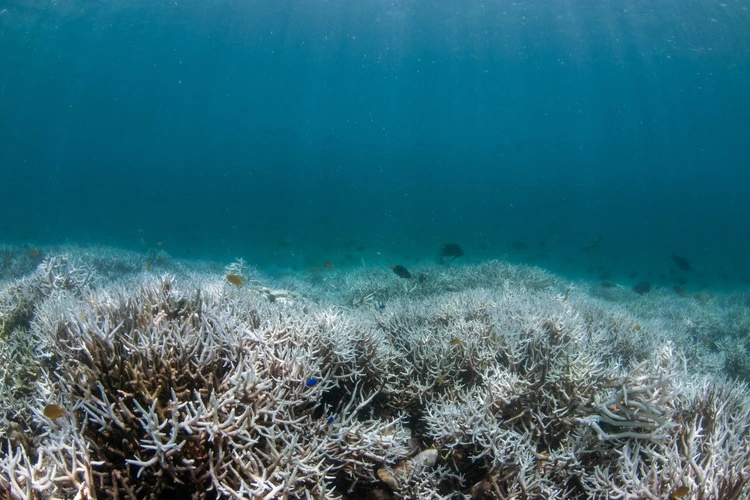
Coral reefs are vital ecosystems that support marine life and protect our coastlines. Rising sea temperatures, driven by climate change, causes coral bleaching. This describes corals expelling their algae causing them to lose their bright colours and sustenance. Without their algae, corals become weak and vulnerable to disease.
If climate targets are not reached, projections suggest that the world will lose up to 90 per cent of its coral reefs by 2050. This would have devastating impacts on marine biodiversity, and fisheries and have impacts on tourism, threatening the livelihoods of millions.
Impacts to human, animal & plant health

Climate change is a significant threat not only to human health but also to animal and plant health. Some of the expected impacts of future climate change include an increase in summer heat-related deaths; an increase in the number of accidental deaths from extreme weather events; changes in the impact of diseases and higher incidence of disease and increased risks from air pollution.
Those most at risk from the health effects of climate change include children, the elderly, those with pre-existing conditions, pregnant women, Indigenous people and outdoor labourers.
The World Health Organization (WHO) estimates that climate change could cause an additional 250,000 deaths annually between 2030 and 2050. Their primary concerns are malnutrition, malaria, diarrhoea and heat stress.
Declines in tourism
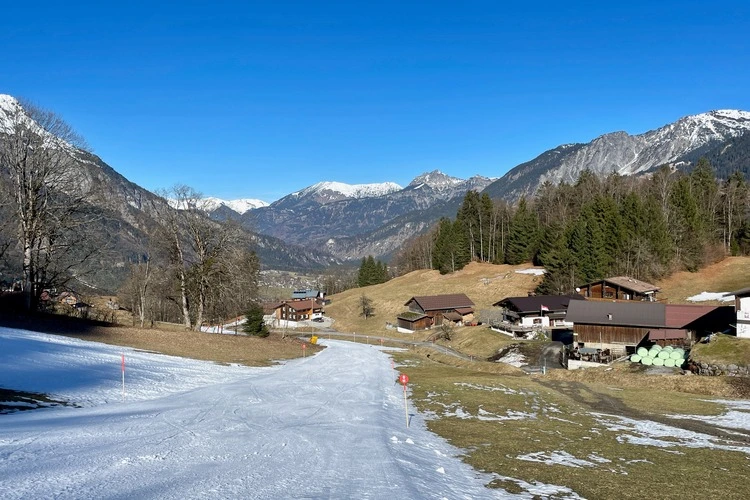
Tourism is a significant global industry, intricately tied to the natural beauty and stable climates of destinations. However, climate change poses a serious threat to this sector, likely prompting a dramatic shift in tourist behaviour.
Southern Europe, for example, is expected to experience rising temperatures that exceed comfortable levels during peak summer months, potentially deterring visitors. Additionally, the reduction of snow cover jeopardises the winter sports industry in many regions, affecting both local economies and tourism-dependent livelihoods. The Caribbean also faces a precarious future, with increasing sea levels and stronger hurricanes endangering its tourism-based economy.
If we fail to implement the global climate action plan, regions reliant on tourism could experience economic decline, job losses, and diminished investment, undermining the very essence of what attracts travellers to these locations.
Impacts on infrastructure and buildings
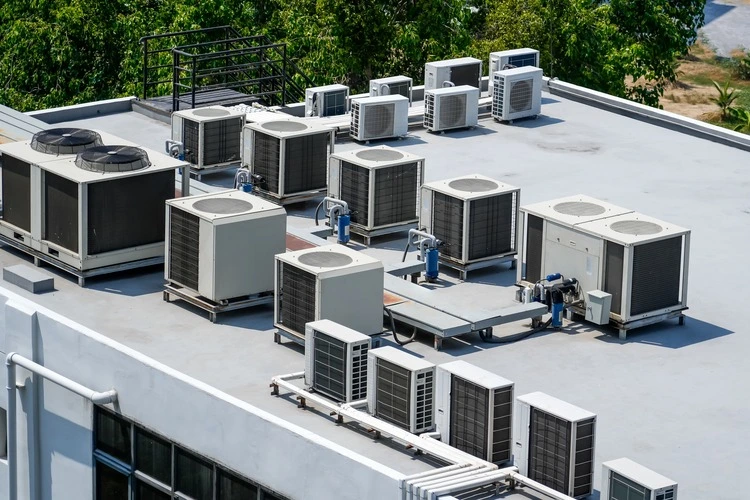
Climate change is set to pose significant challenges to infrastructure and buildings, threatening their integrity, functionality and stability in numerous ways.
Higher temperatures will cause increasing demand for air cooling systems in buildings, straining energy resources and further contributing to greenhouse gas emissions, while more extreme events such as floods, wildfires and hurricanes will place many buildings and homes at risk for destruction. Coastal infrastructure is particularly at risk.
Failing to address these challenges through climate-responsive planning and investment in resilient infrastructure could result in widespread disruption, economic losses, and increased inequality as communities struggle to adapt to a rapidly changing environment.
Territorial threats
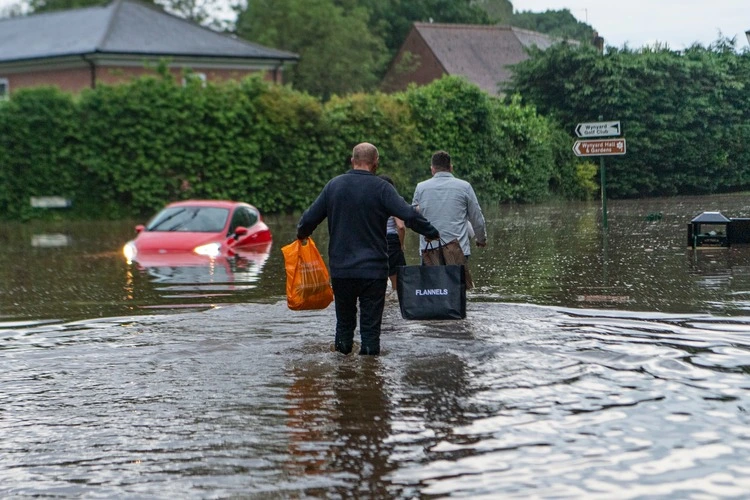
Climate change poses significant territorial threats, including increased competition for resources, displacement of populations, and geopolitical tensions. Climate change can exacerbate existing inequalities, displacing millions of people and creating ‘climate refugees’. The resulting pressures on infrastructure and public services may heighten tensions between nations, especially in regions already experiencing instability.
Not all countries will be impacted equally, with different natural threats posed depending on geography. Northwestern Europe is one region that is expected to be most threatened by sea level rise and an increase in storm surges, increasing the risk of flooding and increasing destruction of property.

